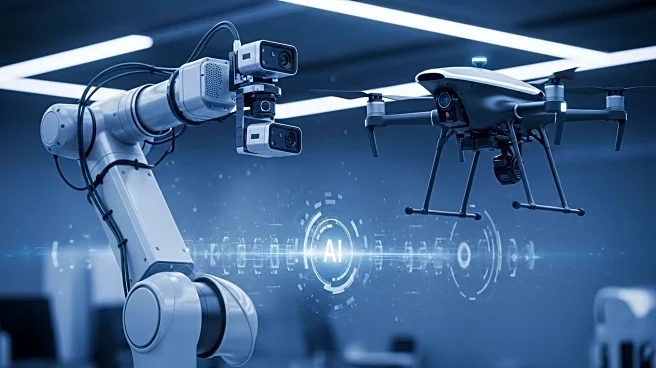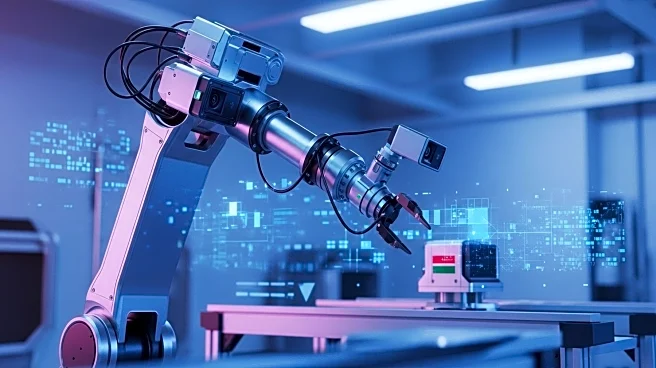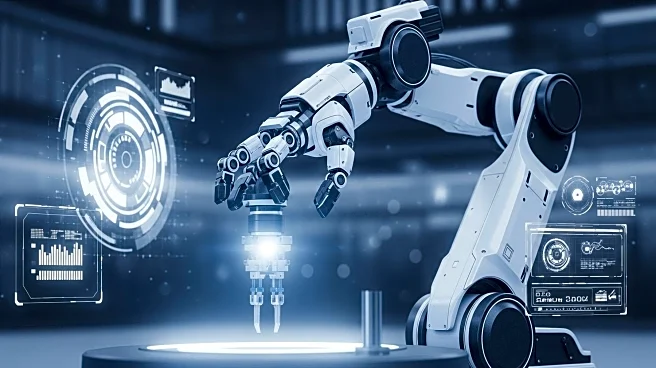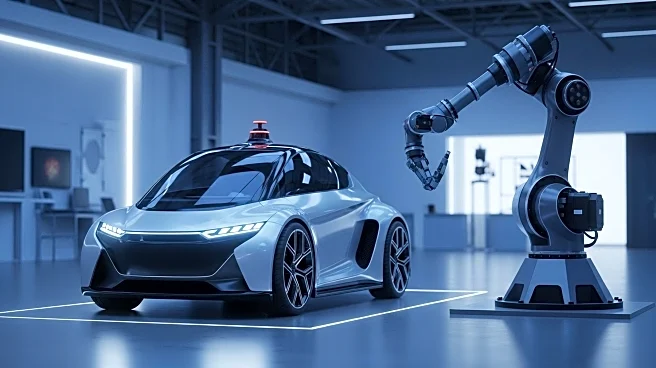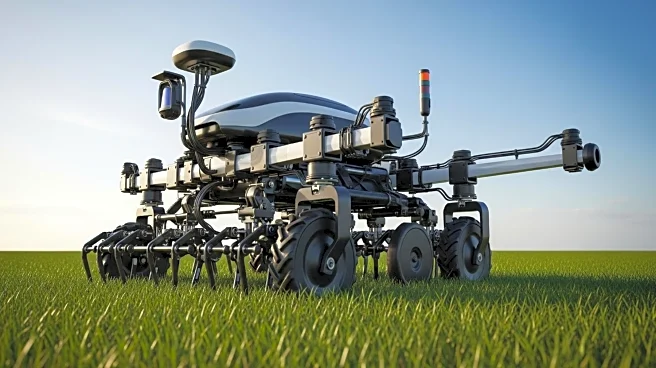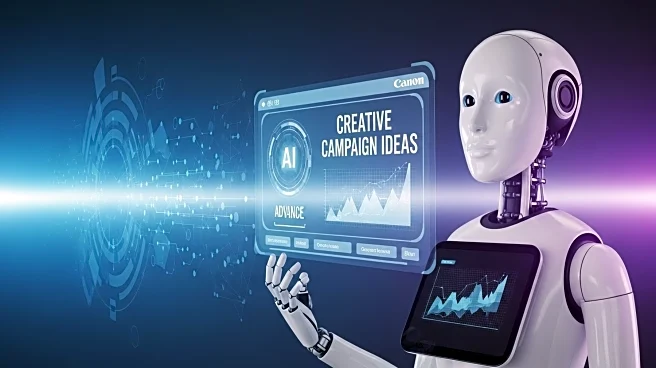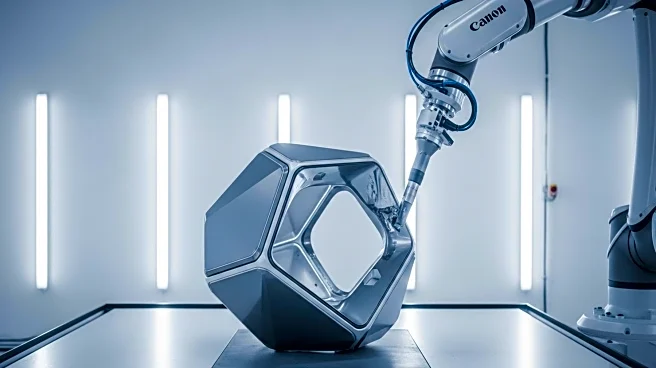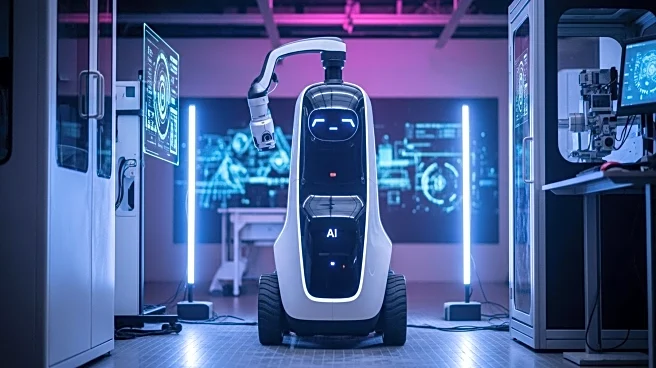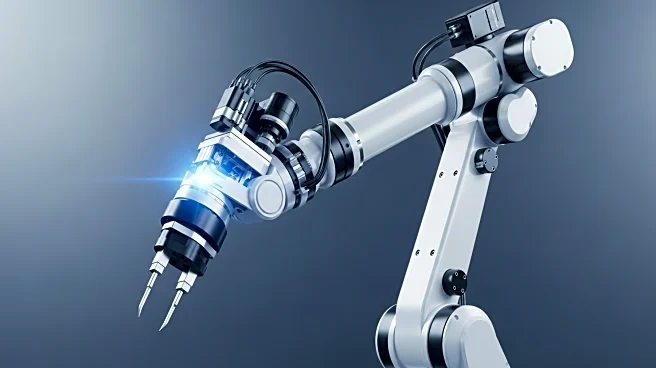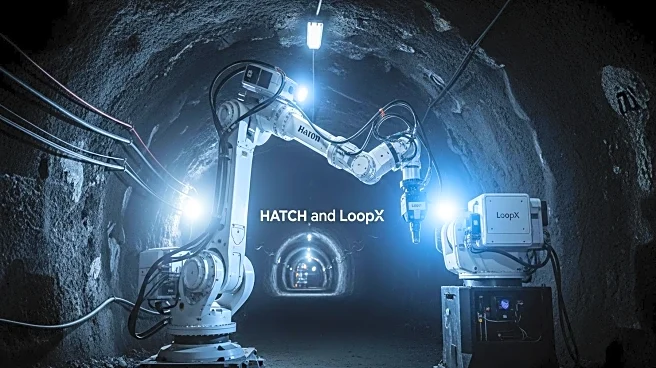What's Happening?
AI image detection technology is transforming the field of robotics and automation by enabling machines to see and understand images. This advancement is driven by computer vision and neural networks, which allow machines to detect patterns and objects within images. AI image detectors are being utilized in various sectors, including manufacturing, logistics, and agriculture, to improve efficiency and precision. In manufacturing, these detectors are used for quality control and defect detection, ensuring products meet standards and reducing waste. In logistics, AI image detectors guide robots in warehouses to locate and select items efficiently. In agriculture, they assist in precision farming by monitoring crops and detecting pests, thereby enhancing productivity.
Why It's Important?
The integration of AI image detection in robotics and automation is significant as it enhances operational efficiency and accuracy across multiple industries. In manufacturing, early defect detection can lead to reduced waste and improved product quality, benefiting both producers and consumers. In logistics, faster and more accurate item selection can streamline supply chains, reducing costs and improving delivery times. In agriculture, precision farming techniques can lead to increased crop yields and reduced resource usage, addressing food security concerns. Overall, AI image detection technology is poised to revolutionize industry practices, offering competitive advantages and fostering innovation.
What's Next?
As AI technology continues to advance, the capabilities of image detection in robotics and automation are expected to grow. Future developments may include smarter AI systems capable of performing more complex tasks and adapting to new environments. Industries are likely to further integrate AI image detection into their operations, creating new opportunities for growth and efficiency. Stakeholders, including businesses and policymakers, may need to consider the implications of these advancements, such as workforce changes and ethical considerations surrounding automation.
Beyond the Headlines
The widespread adoption of AI image detection in robotics and automation raises ethical and cultural questions, particularly regarding the displacement of human workers and the reliance on automated systems. As machines become more capable, industries may face challenges in balancing technological progress with social responsibility. Additionally, the long-term impact on job markets and the need for new skill sets may require attention from educational institutions and policymakers.

